India’s Imperial Entry at Pebble Beach
The name ‘Imperial’ first appeared in 1926 on Chrysler’s top-of-the-line model, the Chrysler Imperial. This flagship remained in the Chrysler line-up until 1954, when the company decided to elevate Imperial into a standalone luxury brand. The move aimed to challenge Cadillac and Lincoln – the premier marques of GM and Ford – by offering a world-class American luxury car.
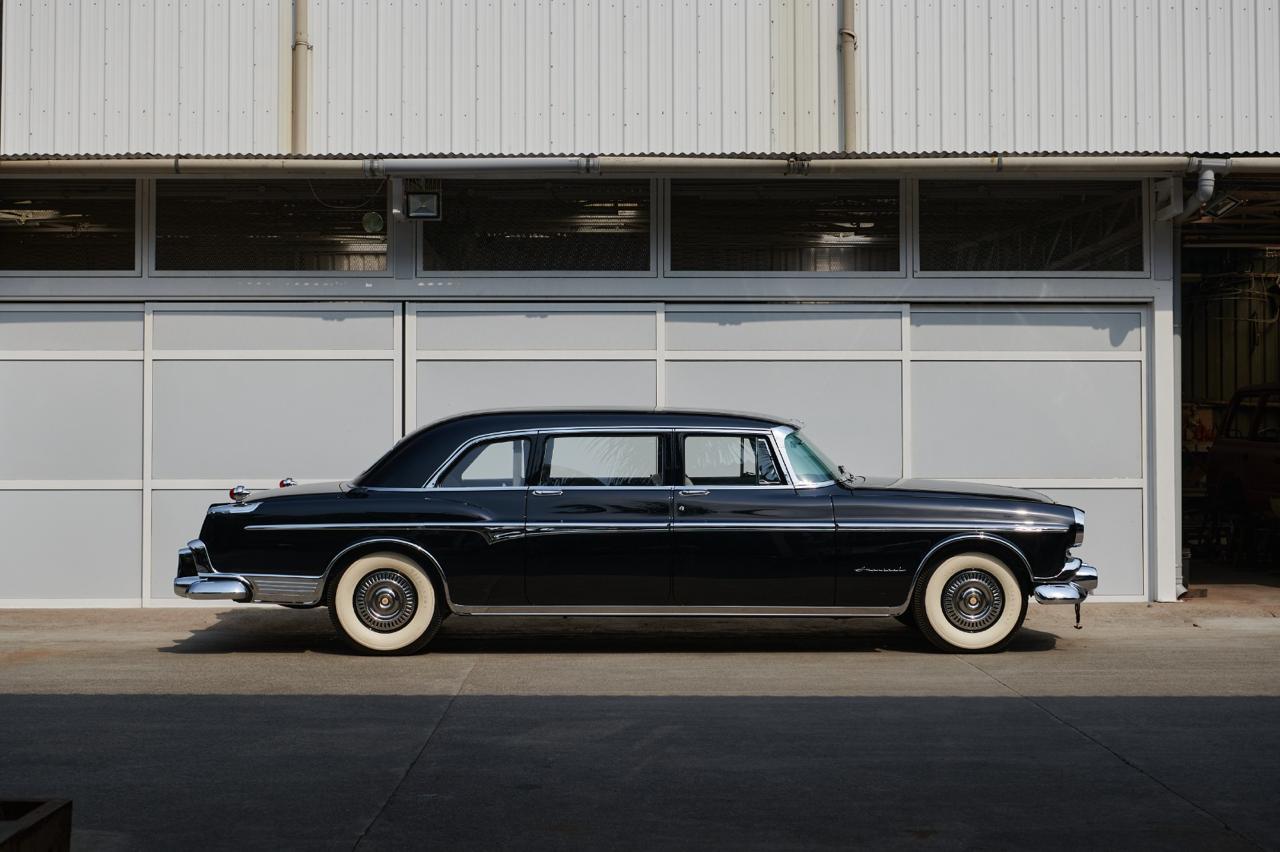
The first Imperial-branded models debuted in November 1954 for the 1955 model year.
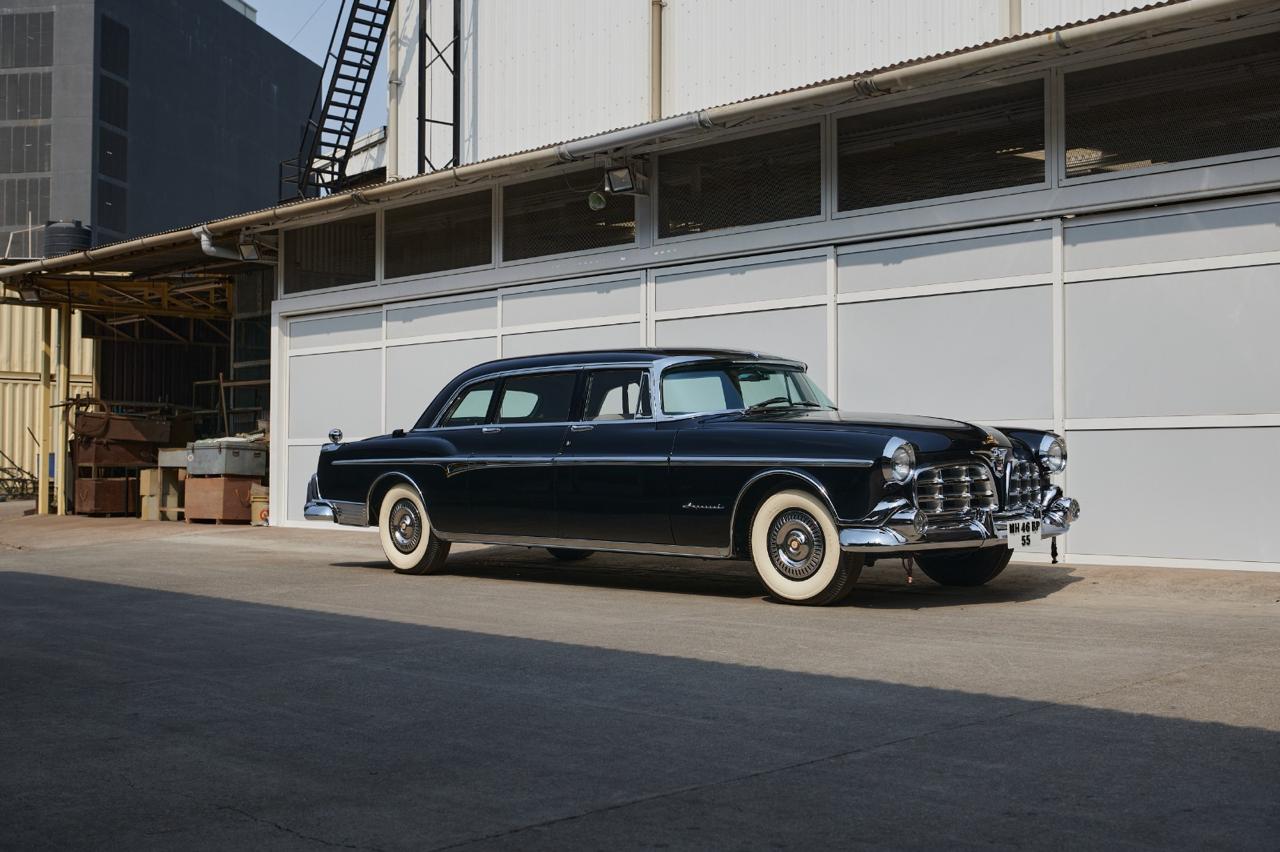
Initially, the line-up included a four-door sedan and the two-door Newport hardtop coupé, both internally designated as C-69.
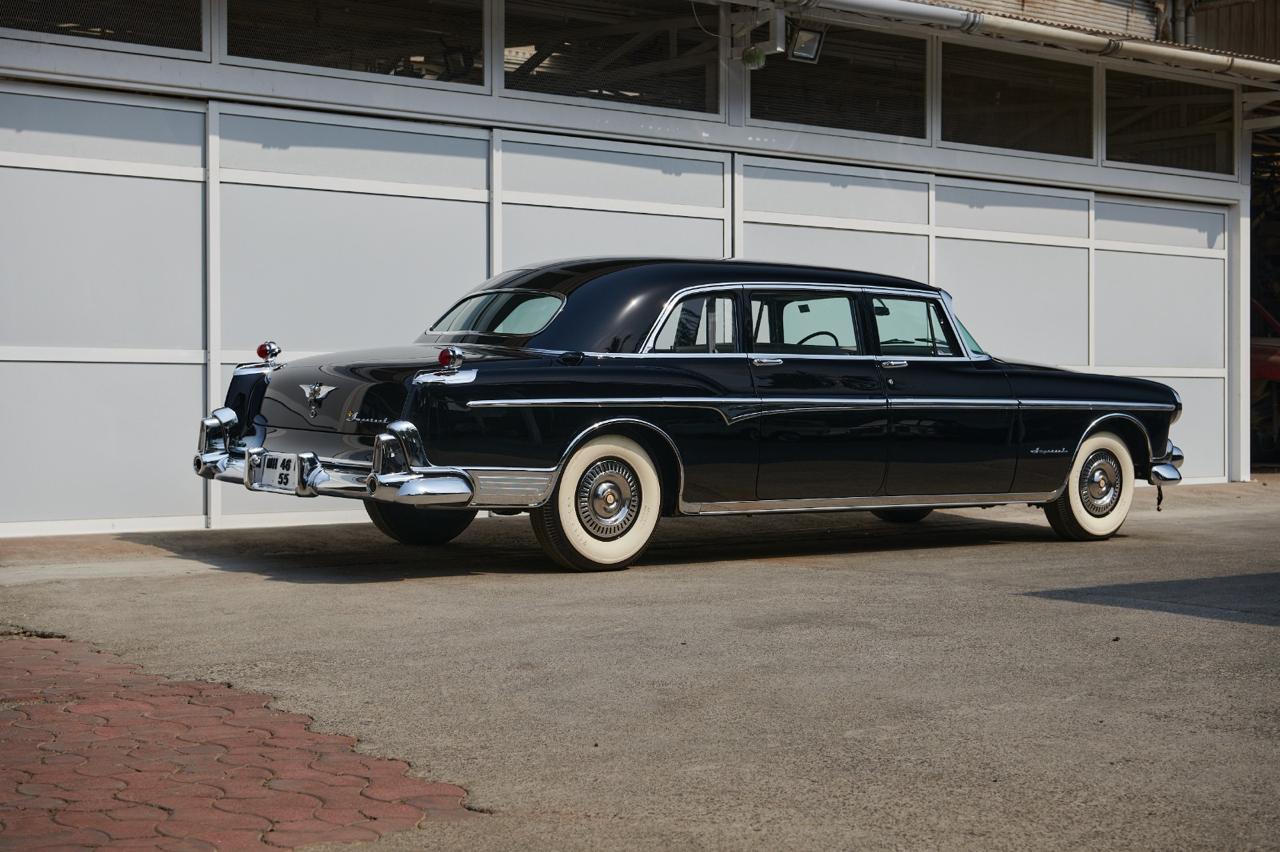
At the top of the range sat the Crown Imperial, a special-order, custom-built limousine (C-70), produced in extremely limited numbers – of which the featured car is one.
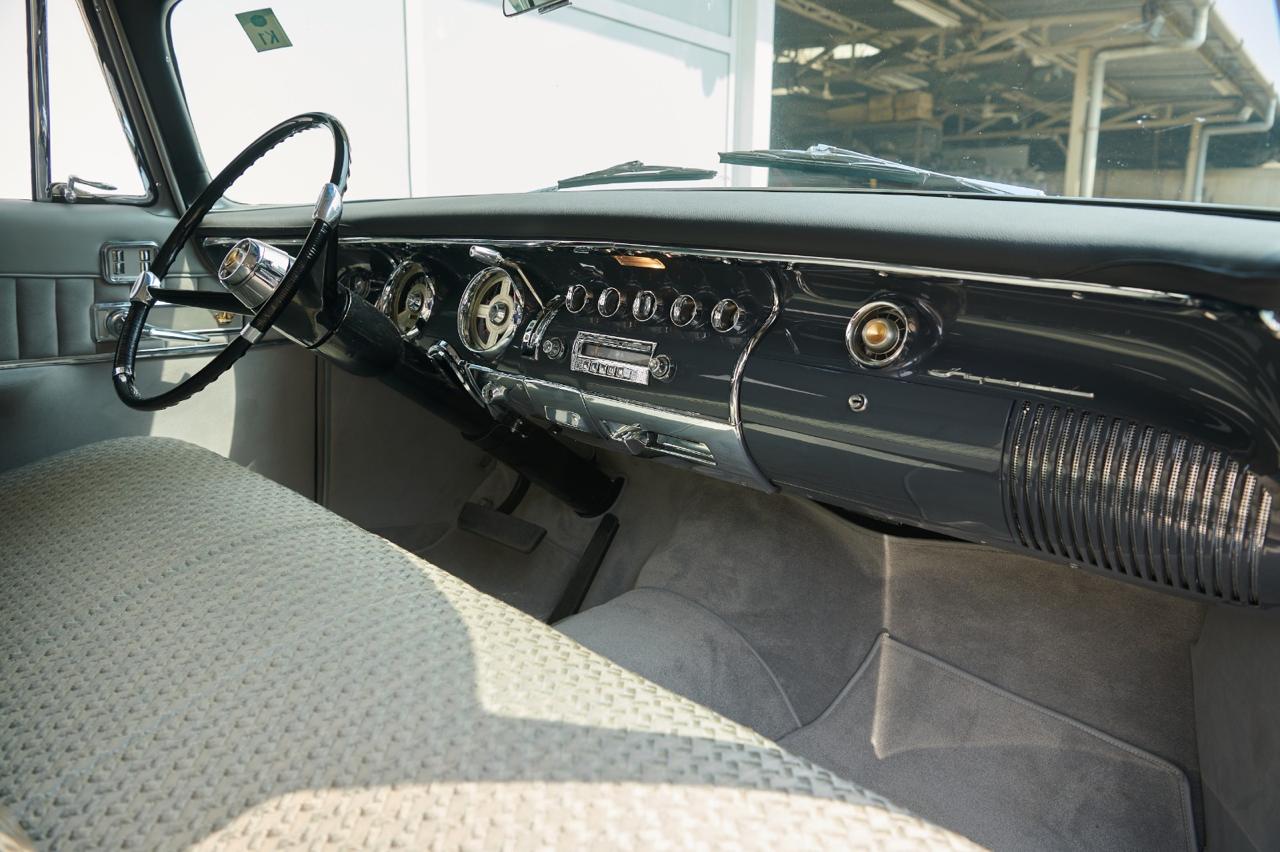
Although an independent marque, the early Imperials shared much with Chrysler’s largest models, including the same box-section frame as the Chrysler New Yorker.
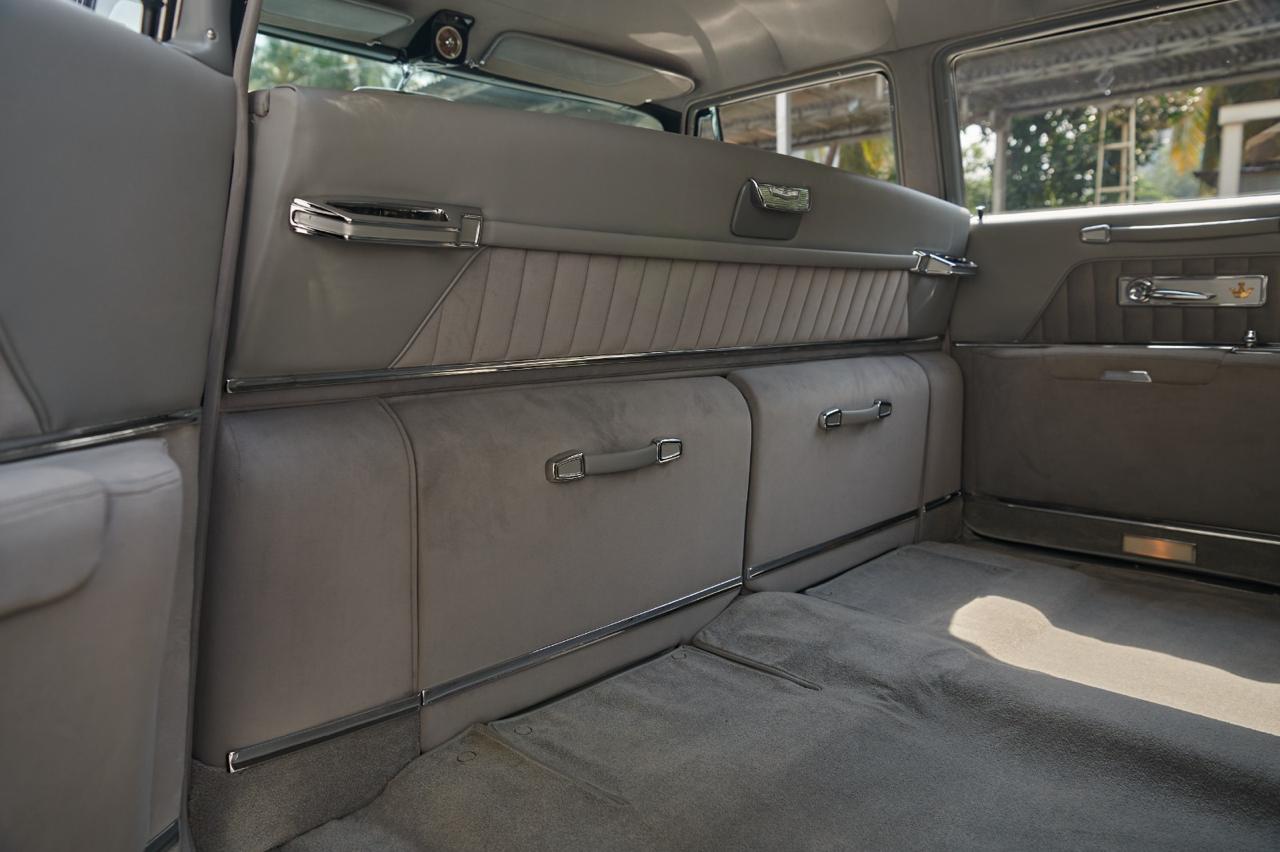
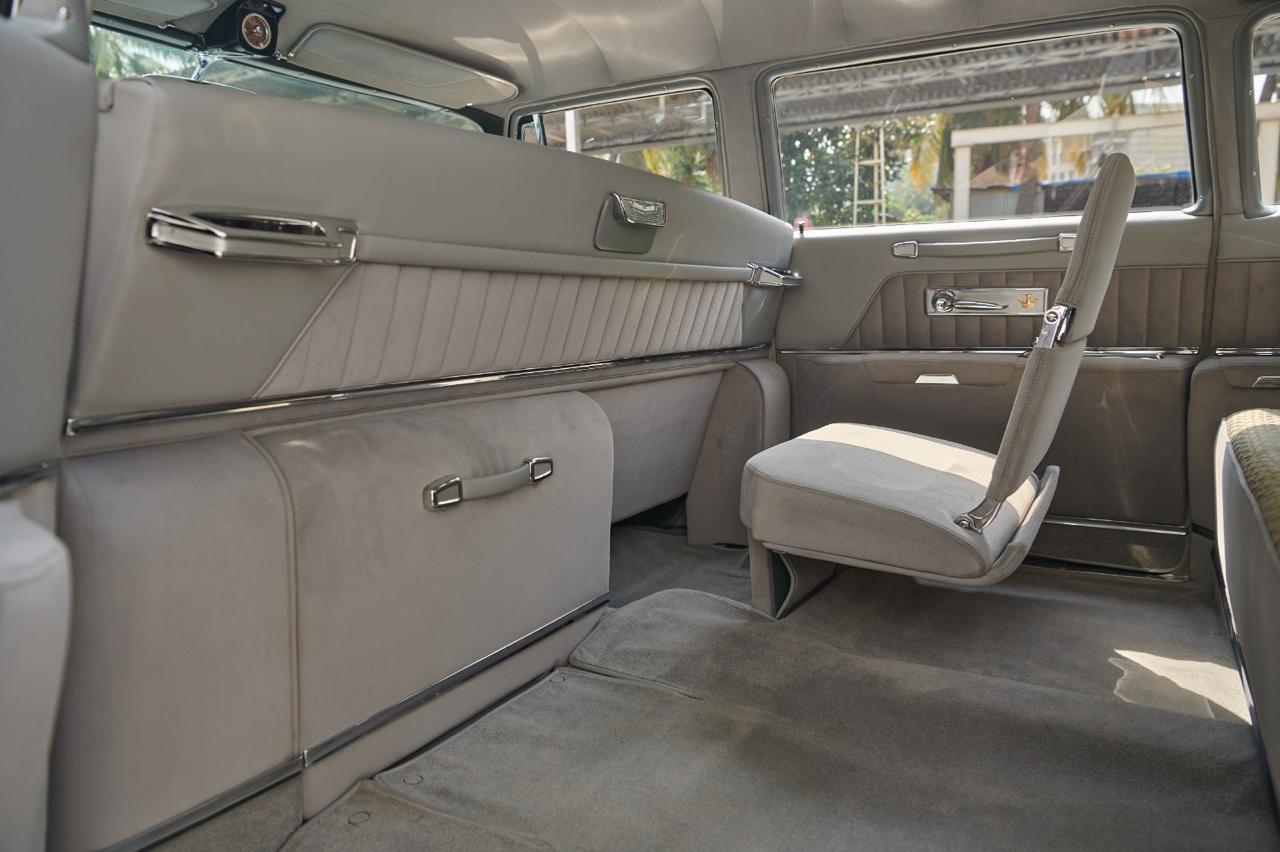
The wheelbase, however, was extended by 100 mm to 3.3 metres. Suspension design mirrored contemporary Chrysler, DeSoto, and Dodge models, with transverse-link front suspension and helical springs, and a leaf-sprung rigid rear axle.

A technological milestone set the 1955 Imperial apart: it was the first American production car to feature disc brakes as standard.

Under the hood, the Imperial was powered by Chrysler’s most potent engine at the time – the 331 cu in (5424cc) Firepower V8, developing 250bhp. Paired with the two-speed fully automatic PowerFlite transmission, it propelled the 2,050 kg luxury sedan to a top speed of 170 km/h.
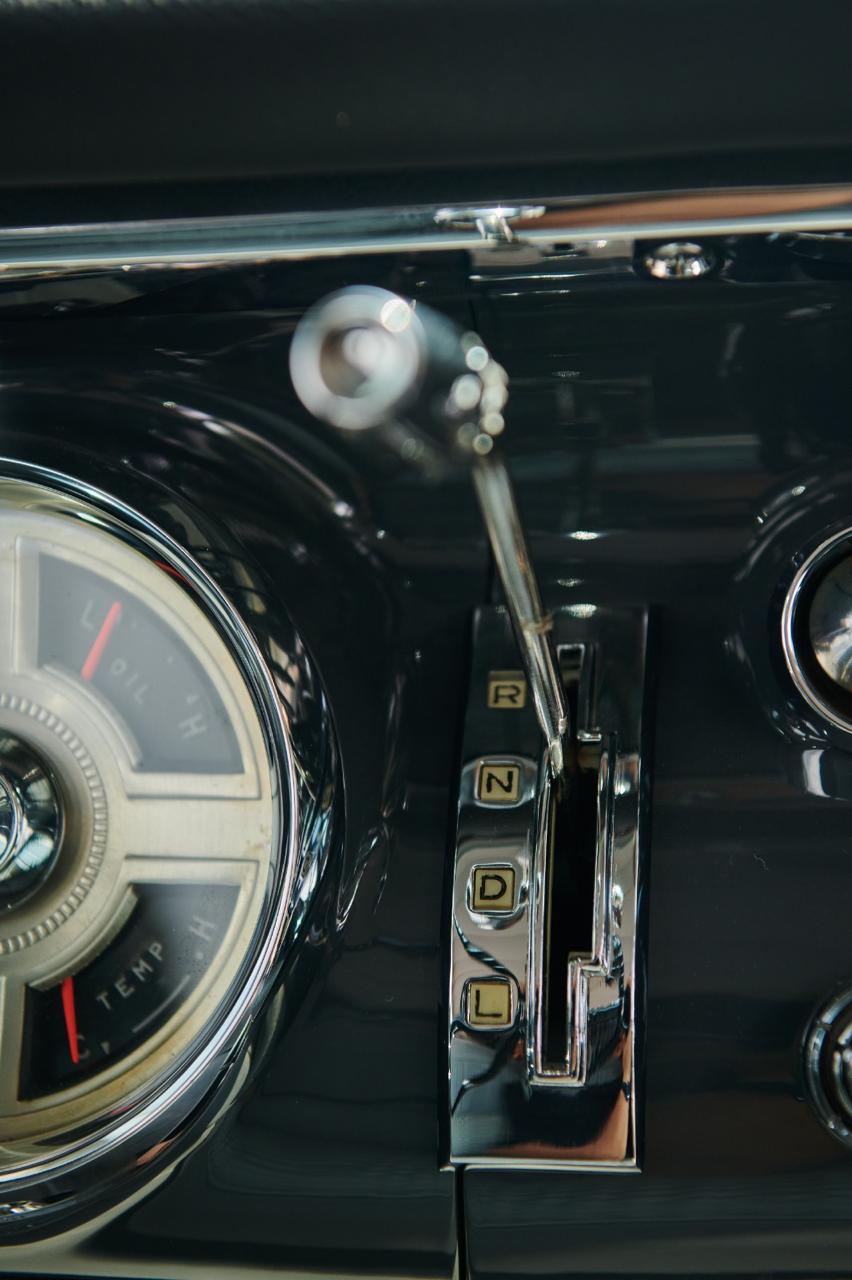
Stylistically, the 1955 Imperial drew heavily from Virgil Exner’s Parade Phaeton show car and the Ghia-built Chrysler K310 concept.
Its signature features included an elegant two-piece grille, a distinctive C-pillar profile, and rear fender-mounted ‘gunsight’ tail lamps. Chrome trim was applied with restraint, and two-tone paintwork was limited to contrasting roof colours.
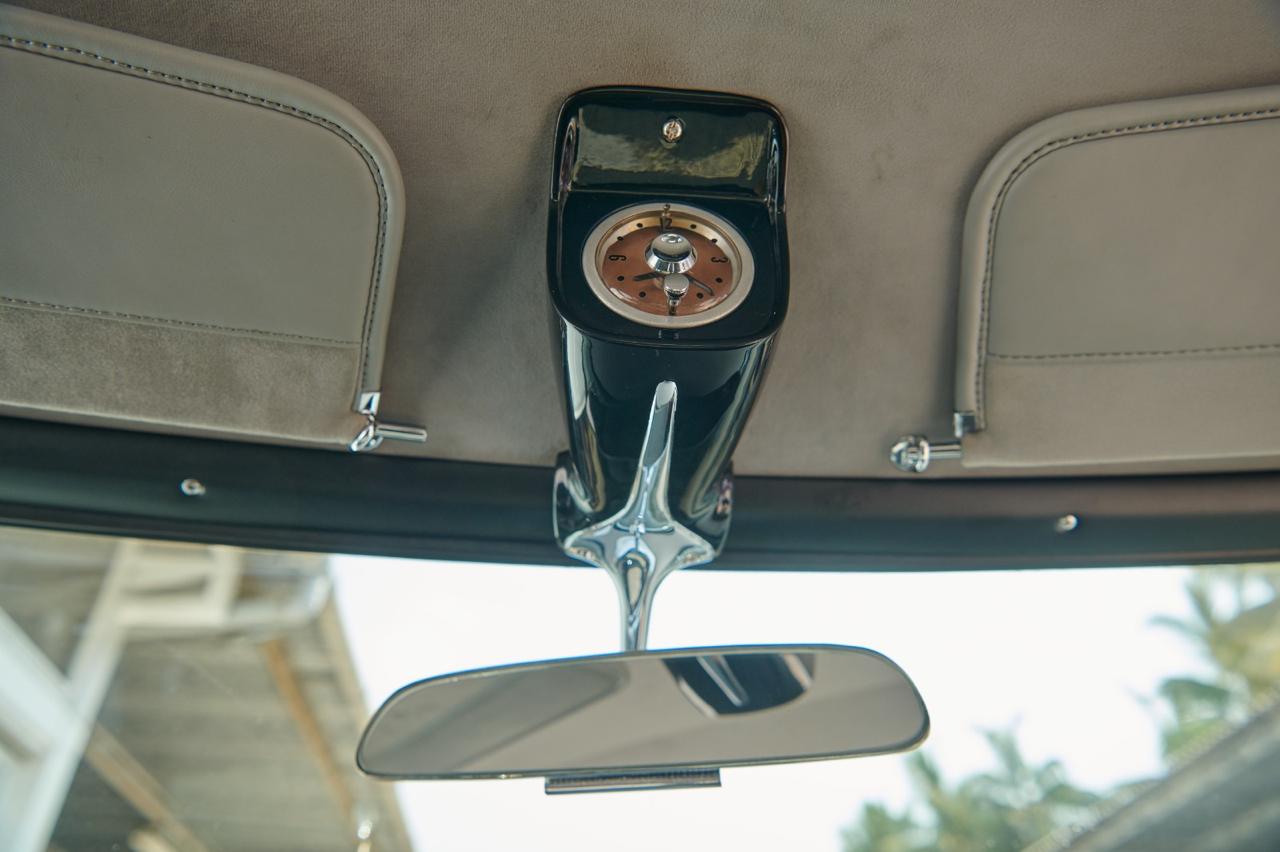
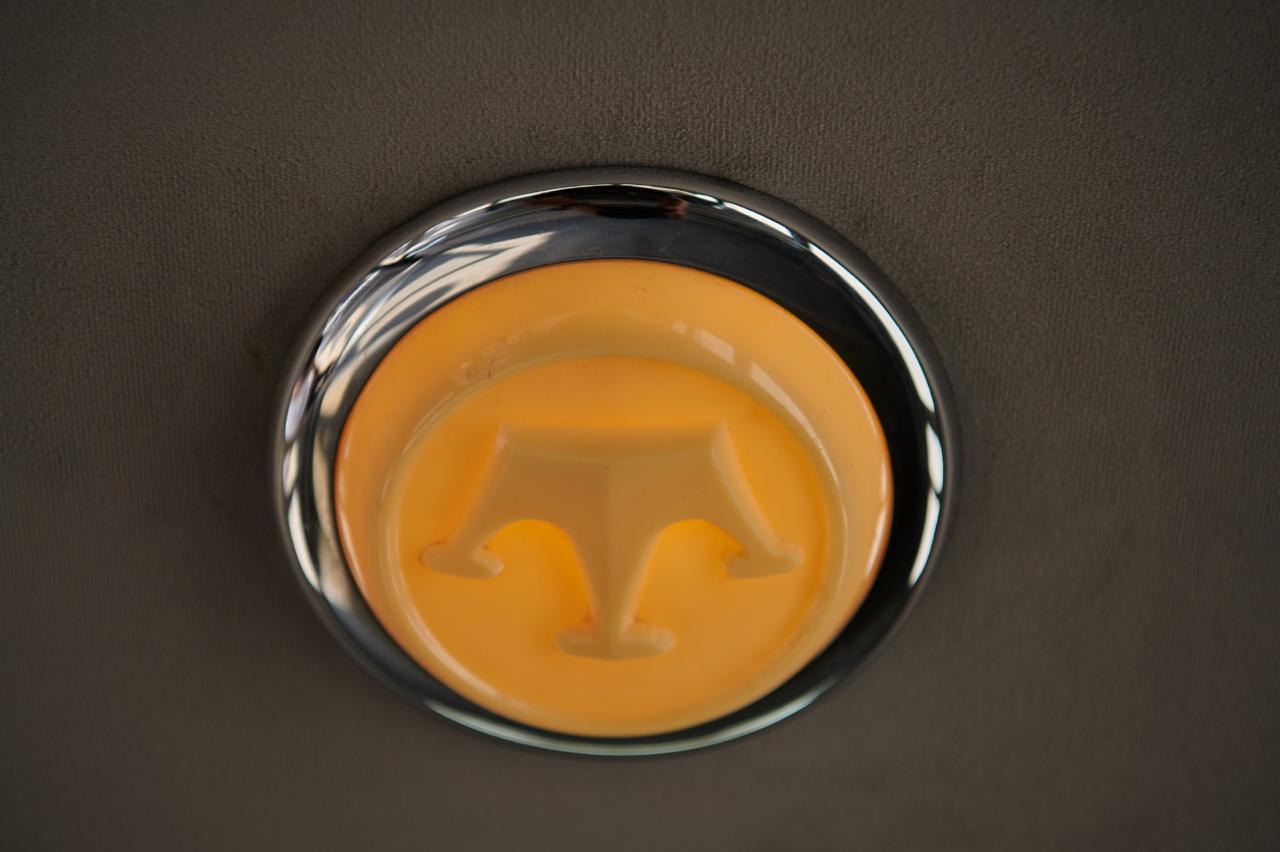

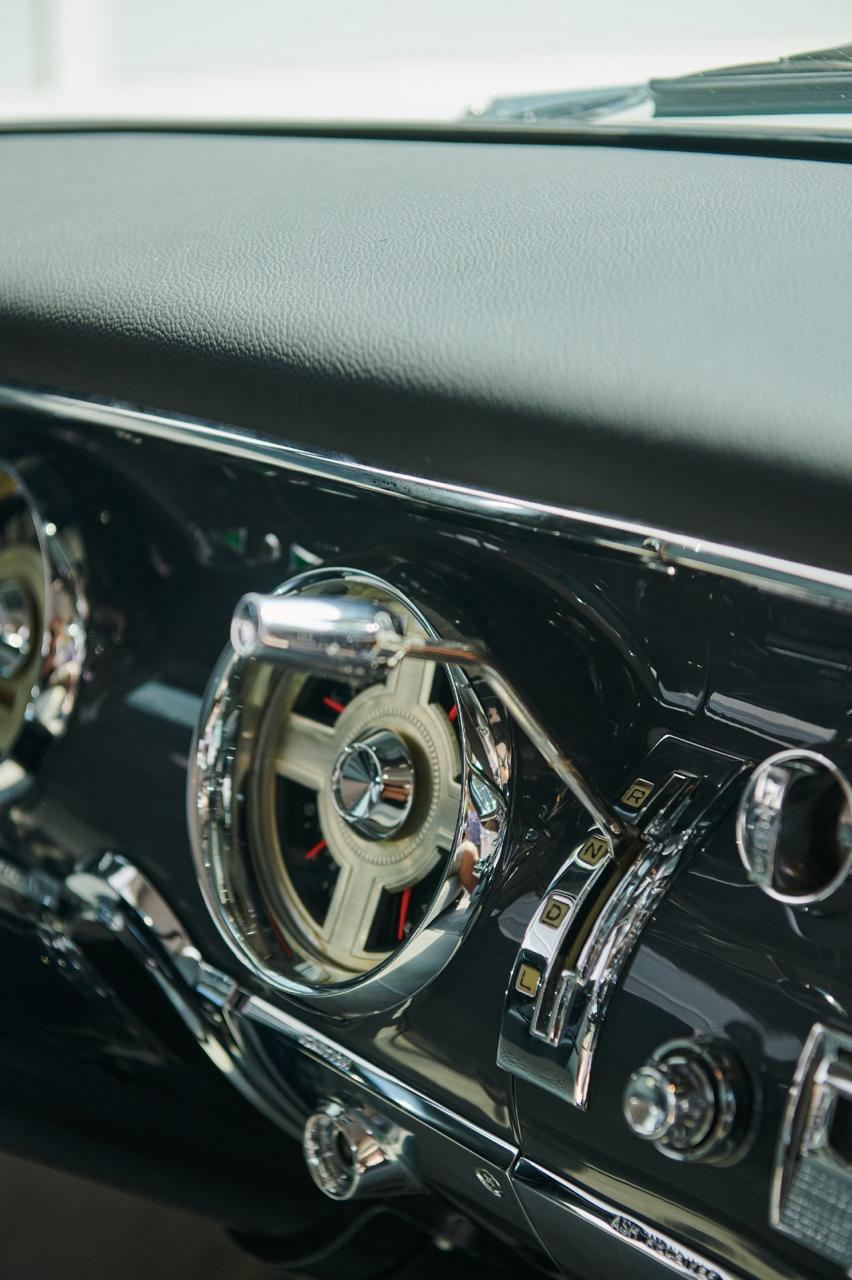
Sales exceeded 11,000 units in 1955 – a promising start, though far short of Cadillac’s and Lincoln’s figures. The sedan was the most popular variant, accounting for 7,840 units, primarily sold in the US. Today, several examples survive, appreciated as milestone cars marking the birth of an independent marque.
The rarest 1955 Imperial was the flagship eight-passenger limousine. Only 172 long-wheelbase C-70s were built in that inaugural year of Exner’s ‘Forward Look’, and just 45 of these were configured as eight-passenger sedans without a divider window.
The featured car is one of those few.
This particular Crown Imperial C-70 Limousine was imported into India a few years ago and meticulously restored to concours condition by noted restorer Viveck Goenka, with Allan Almeida.
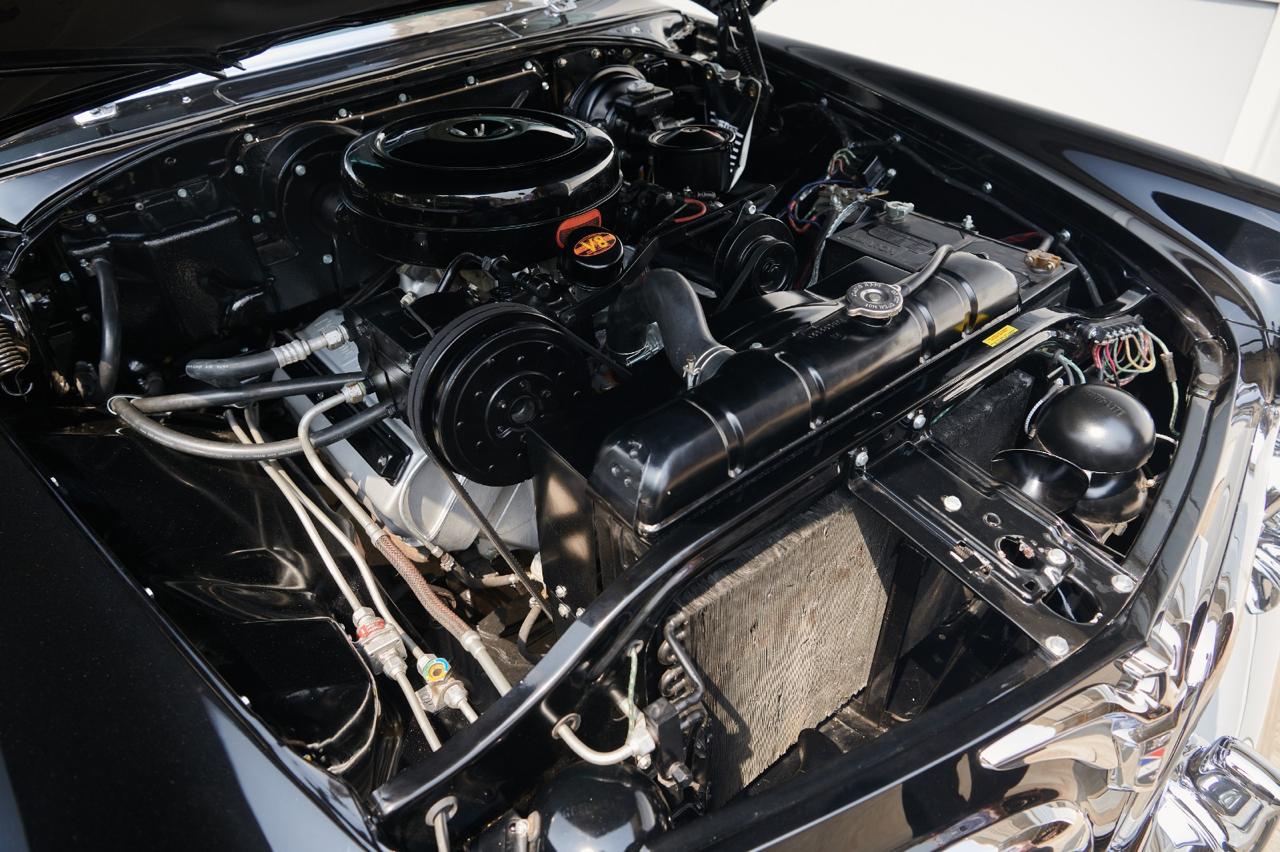
It went on to win Best in Class in the post-War American category at the 2024 Oberoi Concours d’Elegance, and, at the 2025 21 Gun Salute Concours, the Imperial finished as runner-up for Best of Show.
Most notably, it is the sole Indian entry at this year’s Pebble Beach Concours d’Elegance - which is today! - participating in a special class celebrating designer Virgil Exner's innovative work for the Chysler Group and others.
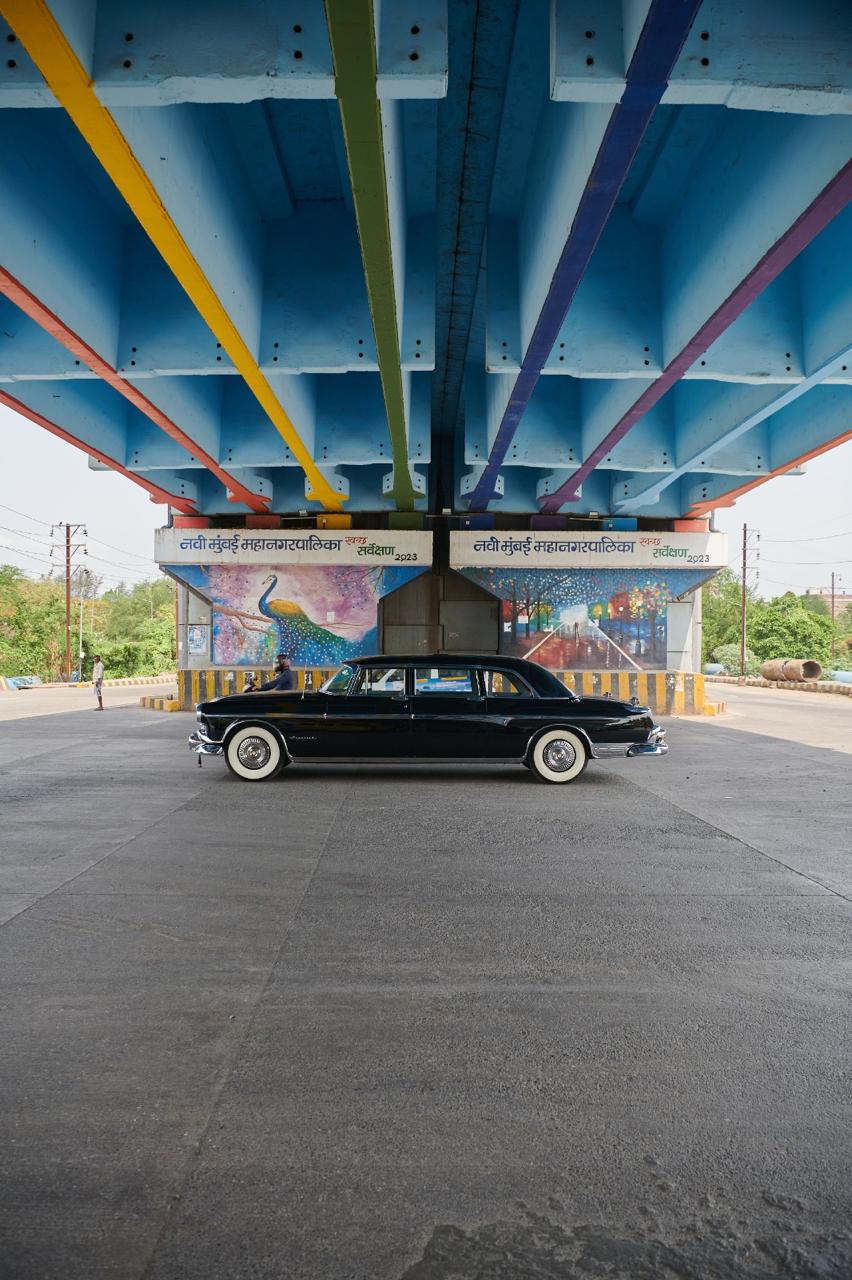
Owned by Delhi-based collector Rajiv Kehr, this car stands as a rare and elegant testament to mid-century American luxury at its finest.
Wishing Rajiv and his Imperial the very best for today's concours d'elegance at Pebble Beach!
Comments
Sign in or become a deRivaz & Ives member to join the conversation.
Just enter your email below to get a log in link.
